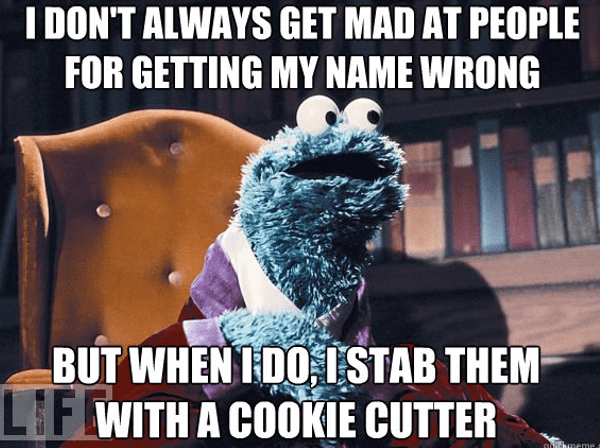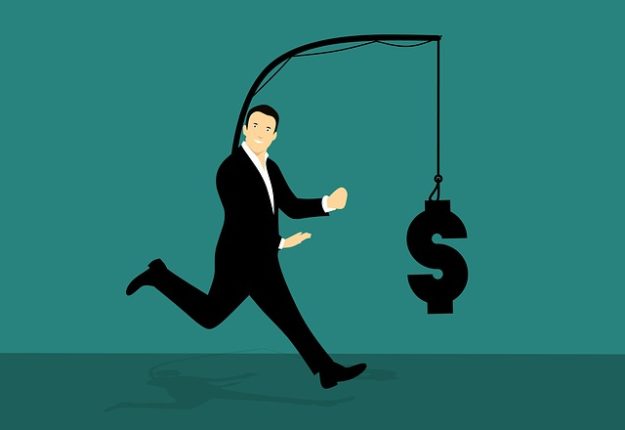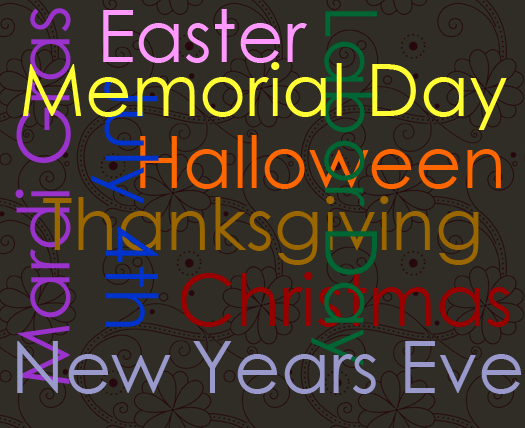R.I.P. Donor Pyramid?
The modern model is more like a vortex — an energized circle where everyone is equal. People move in and out as needed, and your job is to keep the energy flowing.
NOTE: My article on the topic of moving away from the donor pyramid model for donor acquisition, cultivation and major gift solicitation recently resurfaced on social media dialogue, so I thought it was time for a reprint.
Why do we always think of donors with pyramids? The pyramids were built in Egypt. On the backs of slaves. It took a very, very long time. The cost, in human terms, was untenable and unsustainable.
That’s why you don’t see many pyramids being built these days.
Except in nonprofits, where building the donor pyramid is still the holy grail. Get ’em in. Move ’em up. Acquire through direct mail. Convert to monthly donor or sustainer. Acquire through events. Convert to mail. Up, up, up … to the pinnacle of major and planned gifts!
Except for one tiny thing.
It doesn’t work.
Pyramid building is so 2630 BCE. Nobody’s got 100,000 workers (aka direct-mail donors) building a solid pyramid anymore. Many so-called pyramids really look like hourglasses. Or upside-down pyramids. Or plateaus. Even the pyramid-shaped ones are resting on shaky foundations of donors who move in and out, in and out — eight out of 10 newly acquired bottom-of-the-pyramid donors leave — making the “foundation” more like a river than a solid, secure slab of mortar. The days of the donor pyramid model are gone!
Digital toppled the donor pyramid. Actually, it crumbled it … slowly, surely … until there was nothing left but an empty frame. A triangle on paper. The donors no longer fit inside of it.
R.I.P. donor pyramid. You had a good run.
The donor pyramid (sometimes call the donor ladder) was a great model for linear thinkers like me. It was neat and orderly. Engage folks from the bottom up, level by level, one step at a time. It was stable.
Or so we thought,
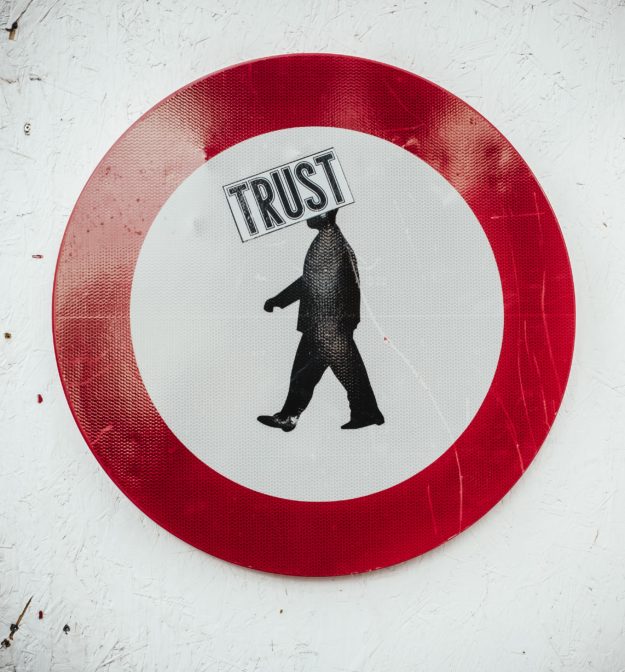
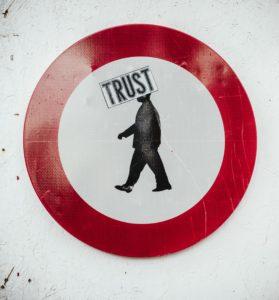 What do you most need to sustain your nonprofit through thick and thin?
What do you most need to sustain your nonprofit through thick and thin?
 13 happens to be my lucky number. I want it to be lucky for you too.
13 happens to be my lucky number. I want it to be lucky for you too.
 The Unfair Exchange
The Unfair Exchange

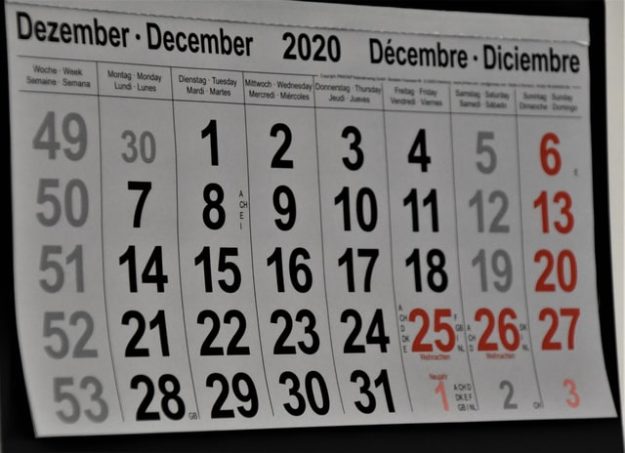
 You are a
You are a 
 This Thursday folks in the United States will celebrate what I consider to be the social benefit sector holiday of the year:
This Thursday folks in the United States will celebrate what I consider to be the social benefit sector holiday of the year:
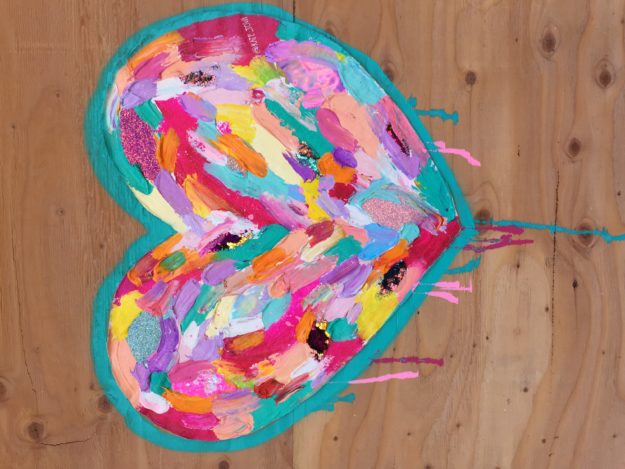


 Hold the presses! If you haven’t yet sent your year-end fundraising appeal, you’ve time to give your message a once over.
Hold the presses! If you haven’t yet sent your year-end fundraising appeal, you’ve time to give your message a once over.
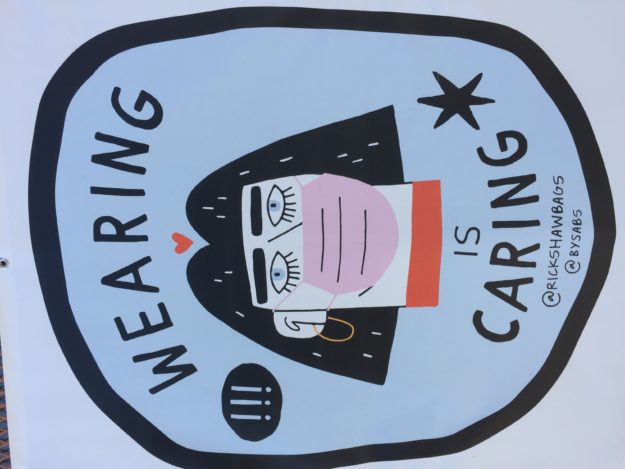
 During a crisis is no time to be passive. Build a list of audiences, prioritize contacts among those lists, and develop a step-by-step written PLAN to reach out. With updates, engagement opportunities, little gifts of content folks can use, and opportunities to contribute and make a demonstrable difference.
During a crisis is no time to be passive. Build a list of audiences, prioritize contacts among those lists, and develop a step-by-step written PLAN to reach out. With updates, engagement opportunities, little gifts of content folks can use, and opportunities to contribute and make a demonstrable difference.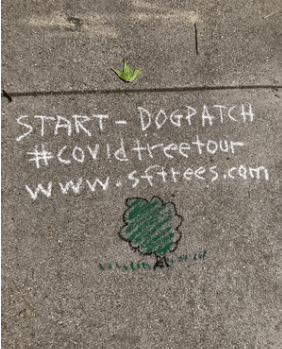

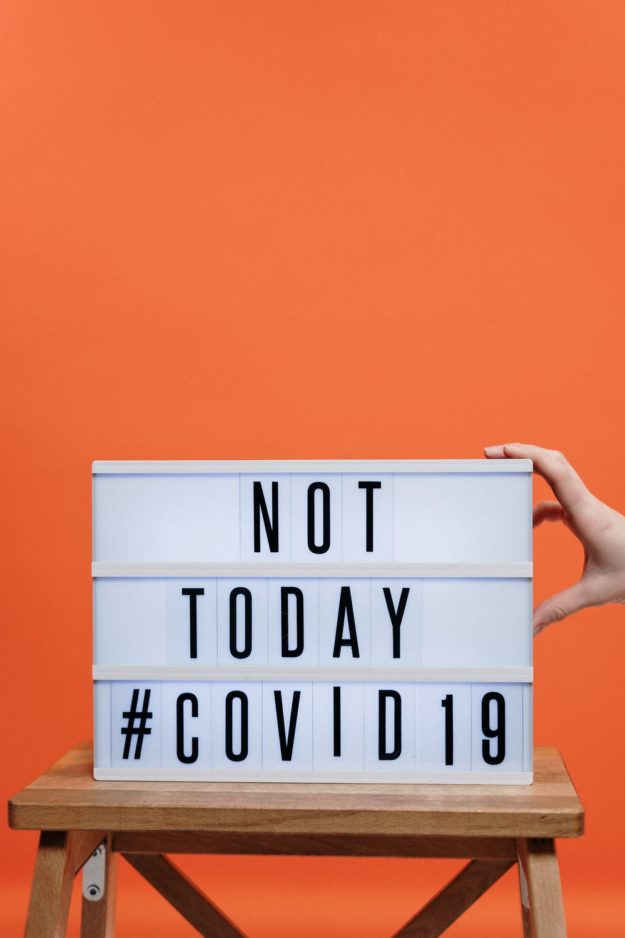
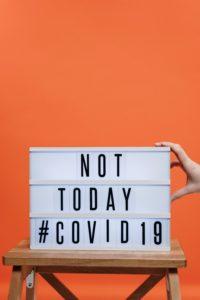 Last week I shared a number of real-life examples from innovative nonprofits taking creative steps to connect meaningfully to their supporters during these trying times. While staying connected, some organizations are succeeding in stepping up both their marketing and fundraising communications to the next level.
Last week I shared a number of real-life examples from innovative nonprofits taking creative steps to connect meaningfully to their supporters during these trying times. While staying connected, some organizations are succeeding in stepping up both their marketing and fundraising communications to the next level.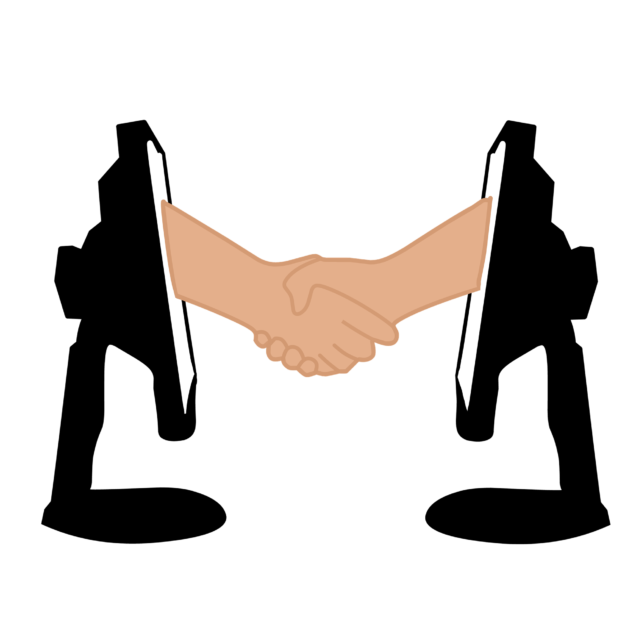
 Connection is essential, especially during challenging times. When the going gets tough, we yearn to commune with people who will support us… teach us… commiserate with us… empathize with us… calm us… distract us… … entertain us… enable us to support them… and more.
Connection is essential, especially during challenging times. When the going gets tough, we yearn to commune with people who will support us… teach us… commiserate with us… empathize with us… calm us… distract us… … entertain us… enable us to support them… and more.

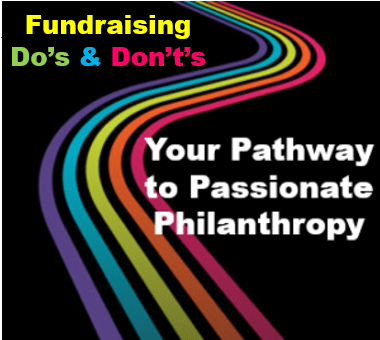



 Who doesn’t love a holiday?
Who doesn’t love a holiday?
